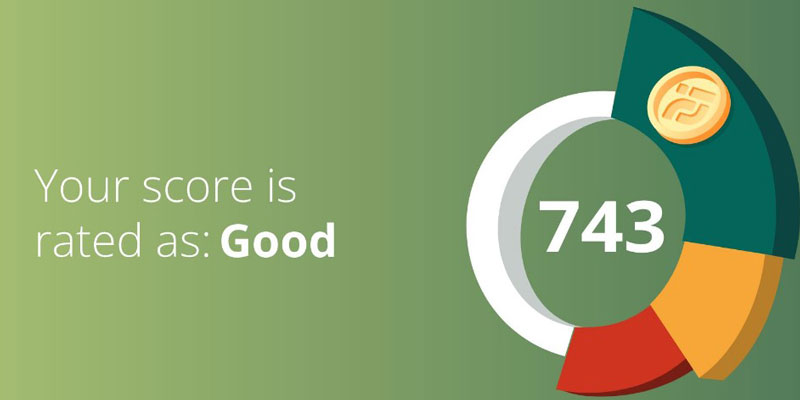Banks vs. Credit Unions: What’s the Difference
Sep 10, 2022 By Triston Martin
Introduction
It's not just the countless local and national banks vying for your business when you need a new checking or savings account, loan, or line of credit. Credit unions are a less common but viable source for these items because they provide many of the same banking services as traditional banks. The question is, what is the difference between a credit union and a regular bank? While banks and credit unions share many similarities in their services, there are also crucial differences. You should be aware of some key differences between a bank and a credit union before making your decision. Both banks provide similar services, but their customers benefit in different ways. Learn about Banks vs. Credit Unions.
For-Profit vs Nonprofit
The credit union is a nonprofit organisation, while banks are for-profit. In contrast to credit unions, which are often run by volunteers and not for profit, banks can be privately or publically owned and operated. As a result of the inherent conflict between making a profit and serving the public good, for-profit and nonprofit businesses provide distinctive goods and services. Since a credit union operates as a cooperative, its members are the legal owners of the business. Members of a credit union often have some commonality, such as their place of employment, their neighbourhood, their religious affiliation, or their affiliation with some other group.
In addition to enjoying tax-free status as a nonprofit organisation, credit unions may also be eligible for subsidies from the groups with which they are affiliated. This frees credit unions from the pressure of pleasing shareholders by turning a profit. The credit union's mission is to provide its members with special conditions on all financial products. Borrowing money from a credit union typically results in lower interest rates, fees, and more extensive annual percentage yields for its members than they would receive from a bank. In the banking industry, profits come first. This means that banks put profit before the needs of their customers. Because of this, bank fees are higher than those of credit unions. The annual percentage yields (APYs) on savings accounts at banks are much lower than their lending rates.

Why Choose a Bank?
Even while credit unions are member-owned and -operated and charitable, customers may still choose banks for many reasons. The doors of any bank with a product or account the customer is interested in will be available to them, regardless of their credit history. There are membership requirements for credit unions, and you or a member of your household may not qualify if you do not live in the credit union's service area. Many consumers, especially those who don't feel a solid connection to a credit union's community, find it more convenient to work with a bank. Credit unions are less likely to have a physical presence than banks do. Banks and ATMs are easy to find, no matter where you are in the world, and this greatly facilitates the process of withdrawing funds from your account.
Credit unions work with other cooperatives to increase the number of locations across the country where members can use accessible, surcharge-free ATMs. There is a clear technology gap between banks and credit unions. Banks, for-profit businesses, have the resources to develop mobile banking apps, which are indispensable in the modern, always-on world. Banks are more technologically advanced than credit unions, even though credit unions now provide more convenient services like mobile check deposits and banking apps. While many of the same services are provided by credit unions and banks, the latter typically offer more options. Contrary to popular belief, not all banks offer business loans. Credit cards issued by banks are typically more generous than credit unions.
Why A Credit Union?
As cooperatives, credit unions are run for the benefit of their members. To put it simply, credit unions provide excellent service to their members. The credit union branch staff are committed to providing their members with the best service possible. You can remain a credit union member for as long as you like, even if you move away from the group or community it serves. Members of credit unions have access to free and unbiased financial guidance. Credit unions often host in-person seminars on important money management issues like credit card and identity theft avoidance, home buying, retirement, and estate planning. Credit unions offer several monetary advantages. According to CUNA, a credit union member's average annual gain in 2018 was $85. They gave each family $178.
How Do Credit Union Members Benefit?
Members will share in the credit union's profits in the form of dividend checks or interest on savings accounts. The costs for overdrafts, NSFs, and ATM withdrawals are lower, the minimum initial deposit is often lower, and there are no minimum balance requirements for many not-for-profit credit unions. When compared to bank loans, credit union rates are more affordable.

Conclusion
Unlike investors who vote on how a bank is managed based on the number of shares they possess, credit union members own a portion of the cooperative. Banks are for-profit businesses, while credit unions are not. Perhaps you're wondering what on earth this means. This suggests that banks' primary objective is to increase their profits and provide dividends to their shareholders rather than to their consumers. Since credit unions are not-for-profit organisations, any surplus is returned to the membership through improved services (such as lower fees, higher rates, more convenient locations, more ATMs, etc.) and expanded offerings.








